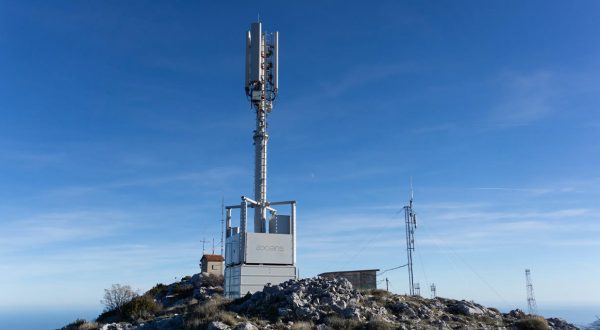Cenaero, a research centre in Wallonia, Belgium, has appointed Axians to complete the installation of a new supercomputer. The aim is to accelerate basic and applied research thanks to high-speed computations.
![]()
The world of high performance computing (HPC) is based on petaflops, where one petaflops is equal to one quadrillion floating-point operations per second. In its category, the next supercomputer to be adopted by Cenaero, a private non-profit applied research centre in Belgium’s Walloon Region, will deliver high computational speeds, with total CPU 1 power of 1,137 petaflops and total GPU 2 power of 2,262 petaflops. And that doesn’t include the part dedicated to artificial intelligence.
“The infrastructure must be both specialised and general, flexible and reliable”
With this new supercomputer, Cenaero, which operates mainly in the aeronautical design, spacecraft, manufacturing process, building and smart city sectors, plans to optimise its expertise and engineering services by supporting basic, applied and industrial research.
In September 2021, the VINCI Energies ICT brand Axians was selected on the basis of a tender process by Cenaero, commissioned by the Walloon Region, to manage the installation of the computing platform. The project is worth a total of €9.5 million.
“We’re responsible for the whole IT infrastructure package, which includes 5-year solution support,” points out Dorin Preda, senior HPC technologist at Axians. “The contract involves setting up the equipment and indeed software layers to ensure the machines communicate and to manage user interactions, data storage, platform monitoring, task automation and virtualisation.”
A complex project
Axians has joined forces on the project with HPE (Hewlett Packard Enterprise) for the supply of IT equipment and for performance tests, which form part of Axians’ commitments. The VINCI Energies ICT brand is also drawing on the expertise of another Group subsidiary, Cegelec Belgium, to carry out the data centre package, which includes fit-out, electricity, cooling system, site security, and so on.
“One of the main challenges in this project is managing the various trades involved,” says Dorin Preda. “Another difficulty lies in the complex configuration of the solution which is designed to meet the needs of very different user profiles, for example researchers and SMEs. That means the infrastructure must be both specialised and general, flexible and reliable.”
Through this project, which is scheduled for completion by mid-2022, “Axians has shown its ability to manage large, complex projects from start to finish while promoting an ambitious environmental approach that reduces the site’s carbon footprint. This is achieved thanks to a liquid cooling system, where water flows through the servers and which offers the possibility of heat recovery,” sums up Marc Trassoudaine, manager of the Axians HPC business unit.
1) Central Processing Units or CPUs execute the instructions and processes needed for a computer or operating system. They also determine programme speed of execution.
2) Graphics Processing Units or GPUs focus on compute-intensive tasks and are designed for parallel processing.
12/05/2022




